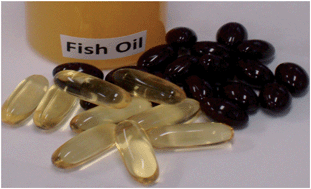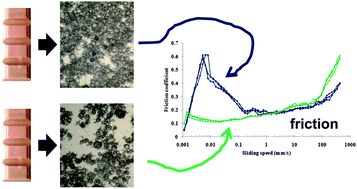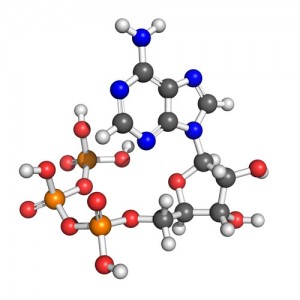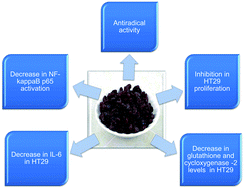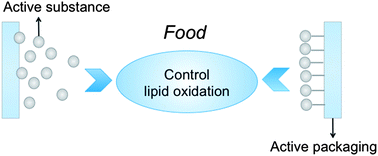 Lipids are important compounds in foods and influence many factors from nutrition to mouth-feel. However, lipid compounds readily undergo oxidation reactions, which negatively effect the texture, odour and colour of foods, which in turn lead to a reduced shelf-life. In fact, some previous research has shown that oxidized lipids from the diet could directly contribute to major illnesses in humans, such as cancers and heart disease.
Lipids are important compounds in foods and influence many factors from nutrition to mouth-feel. However, lipid compounds readily undergo oxidation reactions, which negatively effect the texture, odour and colour of foods, which in turn lead to a reduced shelf-life. In fact, some previous research has shown that oxidized lipids from the diet could directly contribute to major illnesses in humans, such as cancers and heart disease.
In order to prevent lipid oxidation, active packaging systems containing antioxidant agents, radical scavengers, metal chelators and ultraviolet (UV) absorbers have been introduced into the food industry with the aim to increase the safety and quality of packaged foods. Active packaging goes goes beyond the traditional role of packaging by imparting specific, intentional functionality to the packaging system and is discussed in depth in this recent Food & Function review. Here, Fang Tian, Eric Decker and Julie Goddard, from Massachusetts, USA, discuss the recent advances in antioxidant active packaging and highlight the development and application of active packaging systems. The opportunity to apply these antioxidant active packaging systems commercially is also discussed, with a focus on maintaining safety, quality and nutrition of packaged foods.
To find out more, click the link below to read the full article. It’s free until the 15th May:
Controlling lipid oxidation of food by active packaging technologies, Fang Tian, Eric A. Decker and Julie M. Goddard, Food Funct., 2013, DOI: 10.1039/c3fo30360h













